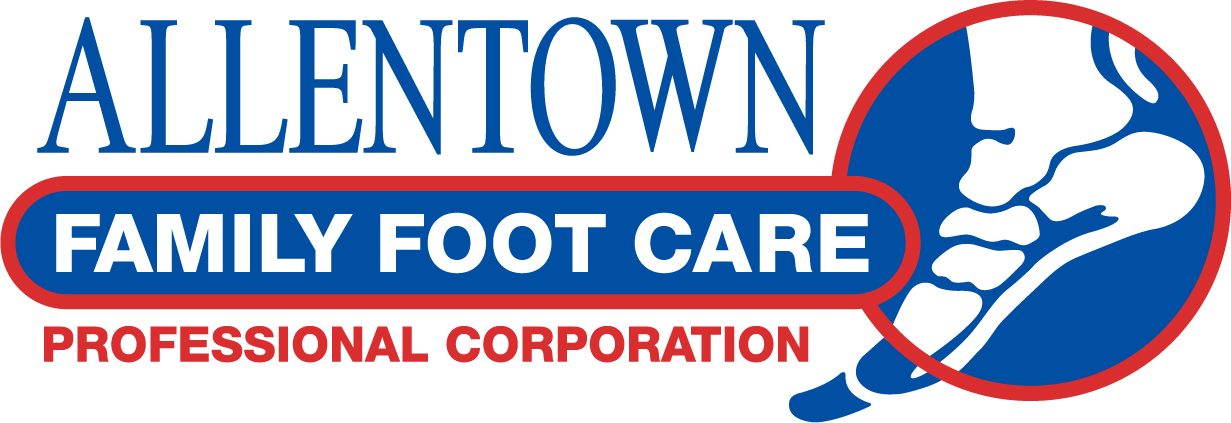Heel spur syndrome is a painful condition, which afflicts all age groups. It is one of the most common problems treated by podiatric physicians today. It is called a syndrome since there are many causes for this condition. A well-known fact is that bone spurs are not usually the primary cause of pain, and in many cases, there is no spur present when x-rays are taken.
Many causes for this painful condition have been described in the medical literature. A popular theory is that the pain is due to a mechanical strain on the foot. More specifically, there is a strain on the plantar fascia, which is the major ligament or band of tissue in the sole of the foot. The pain that results from this strain is present at the heel bone where this plantar fascia attaches. Some of the other causes of heel pain may include an injury, stress fracture, bursitis, nerve entrapment or various forms of arthritis. Referred pain to the heel can even be caused by a low back problem.
Patients with this heel syndrome will often express common symptoms such as severe pain when first rising out of bed in the morning. They also state pain is severe when they first stand after sitting for a while. Most patients do not remember any initiating factors such as an injury or a fall. Some patients have this painful condition in both heels. Many patients put off treatment in the early stages only to find that pain worsens. It is also not uncommon to see patients who have been treated by multiple practitioners of varying specialties. Many patients give up and accept this painful condition which changes the way they live because they are told there is nothing more that can be done.
Treatment varies from conservative measures to surgical intervention, which should always be the last resort. It is agreed upon that 95% of patients with heel spur syndrome will respond to conservative care. Conservative care includes anti-inflammatories, steroid injections, heel cups, heel pads, taping, arch supports, ice massage, stretching exercises and various forms of physical therapy. For many patients, a prescription orthotic corrects the imbalance that was the initial source of strain mentioned previously. These orthotics support the foot and regulate the way it functions while in contact with the ground. These orthotics support and put the plantar fascia at rest by decreasing stressful forces.
In a few cases, all conservative treatment fails to give a patient relief of pain. Surgical intervention in select cases may be a viable option. The medical status of the patient along with the cause of the pain is important in reaching this decision. As with any surgery, there are risks along with benefits, which must be fully explained to the patient. The surgery can be very beneficial when it becomes the only remaining option left to gain relief from this painful condition. The alternative is living with the pain.
Surgical procedures and techniques vary from surgeon to surgeon. There is an innovative procedure that utilizes a portable fluoroscopy unit in the hospital operating room. Another procedure, called an endoscopic plantar fasciotomy, uses a small camera similar to those used for knee arthroscopy. This technique enables the surgeon to be very precise in his approach using a small incision, less than a half inch. Special instruments are used throughout these procedures to minimize the injury to the tissues. The disability with the recovery from this procedure is much less than with standard traditional approaches to heel surgery. Once again, it should be emphasized that surgery is elective and should only be considered for chronic painful heels resistant to conservative treatment.
Heel spur syndrome can become a chronic disability disrupting even the most inactive lifestyles. Due to the nature of this problem, it is very important to seek early diagnosis and treatment. The longer this condition is present, the more difficult it is to treat.
